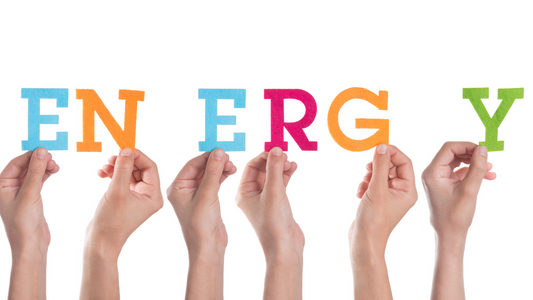When considering this question, it’s easy to immediately answer yes, but on reflection this is definitely not always the case.
Let me explain.
Firstly, we need to remember that during inbed care, there are at least two people involved: the patient and their care-giver(s).
Whilst this can be considered an obvious observation, any technology and automation implemented must either:
• benefit both patient and their care-giver(s)
or
• improve safety for one without any detriment (reduction in safety) to the other.
Further situations where this is not happening are highlighted in Netflix’s “The Bleeding Edge”, which documents that the rush to innovate can lead to devastating consequences to patients, causing them injury.
An example of this is when patients are moved up/ across beds using slide sheets. This technology was initially introduced to reduce both the potential injuries of friction to the patient, and in so doing reduce the risk of injury being caused to the carers through the manual handling and moving practices.
There are many versions of this type of product yet, they all have one thing in common and that is they are NOT better for the patient as they all entail working against gravity.
This then results in the increased risk of tissue loading in the patient which can result in tissue distortion, shear and irreversible tissue damage and cell death within minutes (read more about this in section four of our blog regarding synergy). Therefore, a process that was intended to benefit both the patient and their carer is actual detrimental to both.
Dr Sean Brady in his talk on the Ironies of Automation explains that when we automate, we automatically assume that it will remove human error. However, what it actually does is create new pathways for success and failure. This is because humans will always respond by adaptation (see minutes 50-55) and find ways to adapt the systems within which they work to use the automation in ways it was not designed for!
The video, Obstacles to Safety highlights that this isn’t a small problem, as the NHS’ adverse event rate is increasing despite new technology, new drugs and greater awareness of health and safety issues.
This is because this technology is based on old science and doesn’t take in the latest research about the prevention of force-related tissue damage.
Similarly, accepted products, procedures and practices fail to look at prevention and the longer-term consequences of a particular action. For example, widely-used patient discharge mobility assessments such as BMAT require a patient to sit upright and then rotate to a seated position at the side of the bed (with or without the use of aids). Unfortunately, this activity doesn’t take into account or prevent undesired forces within the skin and tissues, which can cause tissue distortion and shear in those with a lower innate tissue threshold. Such force related tissue damage may not be visible for up to ten days and can be misinterpreted as a failure in home care rather than events that occurred whilst in hospital!
So how can we utilise technology and automation to improve safety by updating inbed care?
Peter Docker advises to think about the ‘why’ behind an idea and to look at both the problem and solution from different contexts and perspectives.
R. Buckminster-Fuller was a great advocate for complex, rather than linear thinking. As we explained in our article, “Banishing bad backs and making ‘inbed’ patient care safer for nurses and care givers” an ergonomic and biomechanical view needs to be taken; ensuring that all aspects are taken into account so that the solution really does enhance safety during inbed care. Factors that should be considered include:
• The people involved and their innate biotensegrity, age, abilities and limitations as well as their clothing
• A philesynergetic approach using the bed, the mattress, mattress cover, sheets etc
• Gravity, temperature and other external factors.
The process for solving these “wicked problems” takes into account that the situation is interconnected with other problems; that there is incomplete knowledge and that a number of opinions are involved. One way to encourage more awareness of the interconnection is by approaching care differently, as pioneered in the UK by NHS Trusts such as Guy’s and St. Thomas’. This is based on humanity rather than bureaucracy and follows the Buurtzorg (Dutch for “neighbourhood care”) approach. According to Brendan Martin, “In all cases, the biggest challenge is not getting frontline staff to operate in an independent way but changing back office systems to support them well”.
We believe that by putting people first is the way to ensure that technology and automation does improve inbed care for both patients and their care-givers.
Anticipatory design of products and practices needs to include all the factors above so they work synergetically together and avoid any detrimental affect on either patient or care giver. Our “Safety Dance” video explains in more detail how this can work in practice, using a philesynergetic approach to care for patients inbed using gravity.
In other words, we need to remember Dr Terry Fairbanks’ observation that, “We don’t redesign humans. We redesign the systems within which humans work”.





